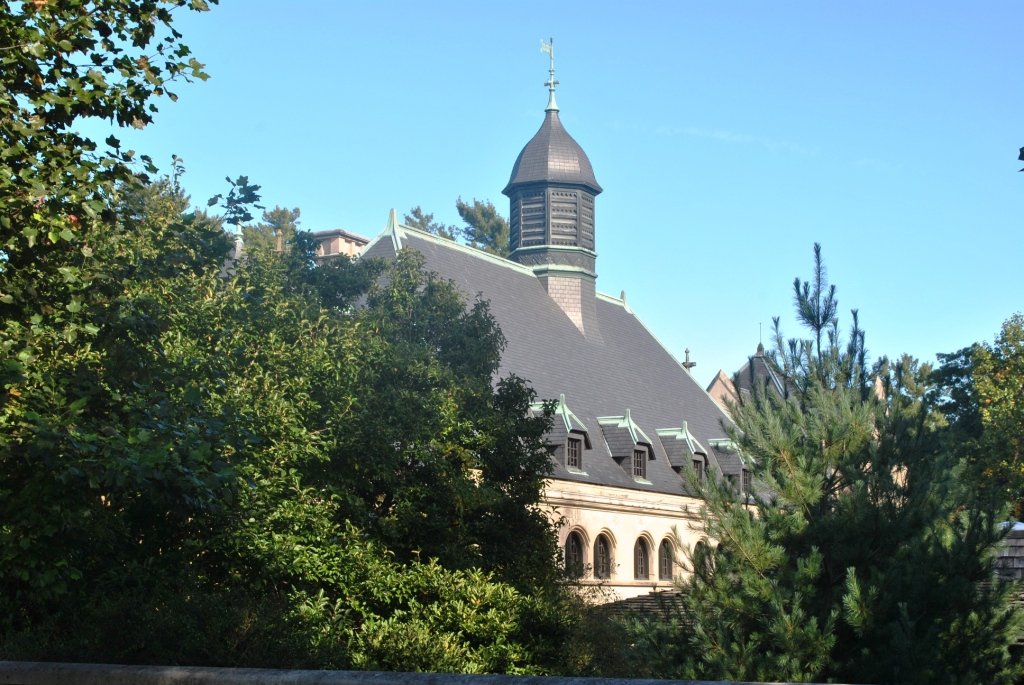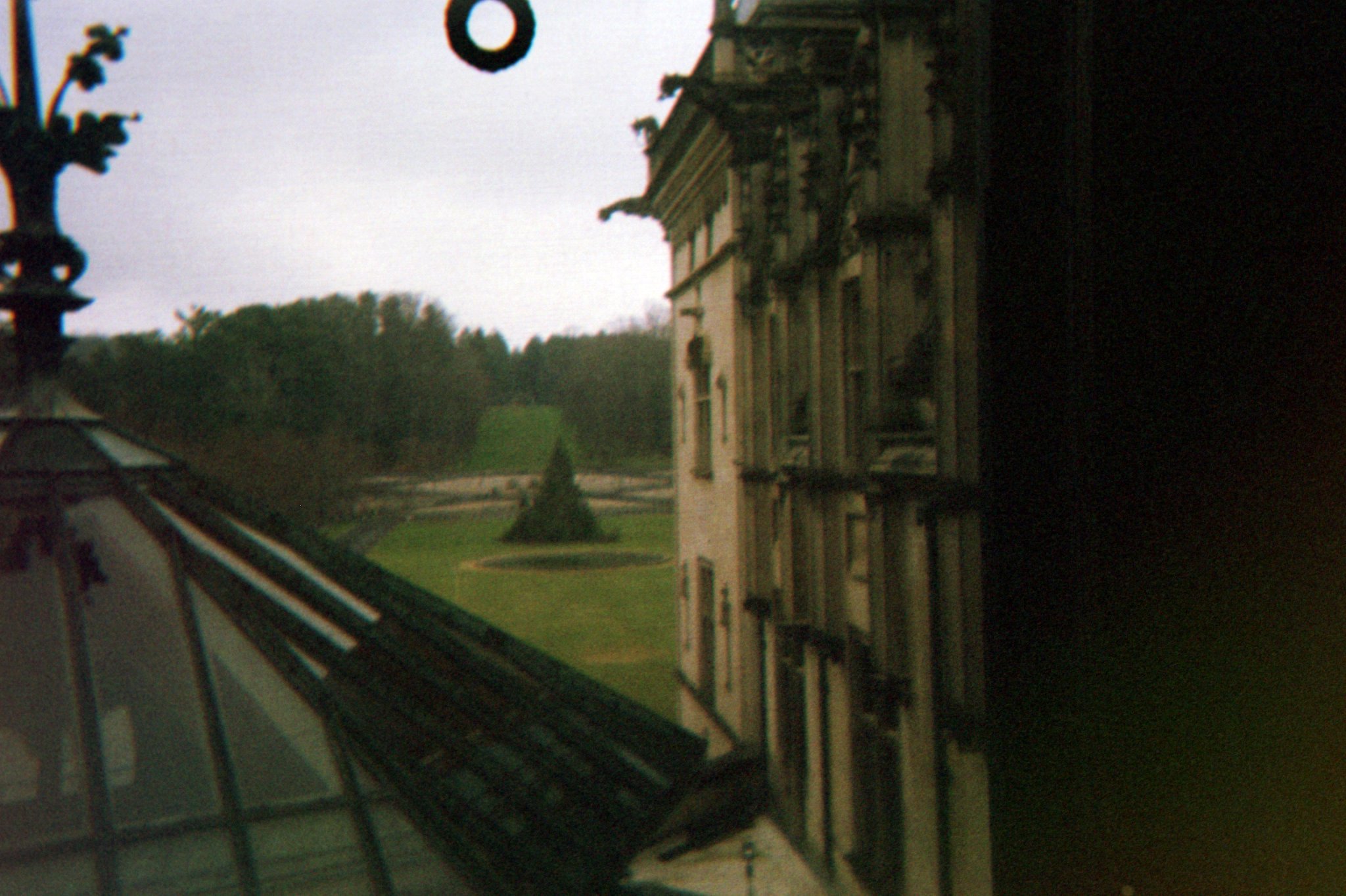The Biltmore Estate interior library is a magnificent two-story room measuring 53 feet by 72 feet, with a height of 27 feet. It houses approximately 10,000 volumes from George Vanderbilt’s extensive collection of 23,000 to 24,000 books. The library features an ornate spiral staircase, a wraparound balcony, and a hidden passageway to several bedrooms. Its design elements include a ceiling painting by Giovanni Pellegrini and a fireplace carved by Austrian sculptor Karl Bitter.
What Are the Key Specifications of the Biltmore Estate Interior Library?

The Biltmore Estate interior library is a testament to architectural grandeur and literary passion. Here are its key specifications:
- Dimensions: 53 feet by 72 feet
- Height: 27 feet
- Book Collection: Approximately 10,000 volumes
- Architectural Style: Châteauesque, influenced by French Renaissance
- Notable Features:
- Ornate spiral staircase
- Wraparound balcony
- Hidden passageway to bedrooms
- Ceiling painting titled “The Chariots of Aurora”
- Carved fireplace and mantle
How Is the Library’s Layout Designed?

The library’s layout is meticulously designed to showcase both its architectural beauty and its vast collection of books:
- Ground Floor:
- Main reading area
- Fireplace with carved mantle
-
Comfortable seating arrangements
-
Upper Level:
- Wraparound balcony
- Additional bookshelves
-
Hidden passageway to bedrooms
-
Connecting Element:
- Ornate spiral staircase linking both levels
This layout not only provides ample space for the extensive book collection but also creates an atmosphere of grandeur and intellectual pursuit.
What Unique Design Elements Can Be Found in the Library?
The Biltmore Estate interior library boasts several unique design elements that set it apart:
-
Ceiling Painting: “The Chariots of Aurora” by Giovanni Pellegrini, originally from the Palazzo Pisani in Venice, Italy.
-
Fireplace and Mantle:
- Carved by Austrian sculptor Karl Bitter
- Features figures of Philosophy and Health
-
Includes a carving of an oil lamp symbolizing knowledge and enlightenment
-
Secret Panels and Compartments: Adding an element of mystery and intrigue to the room.
-
Floor Decor: Persian rugs adorning polished floors.
-
Materials Used:
- Walnut wood for the mantle
- Black marble for the fireplace
These elements combine to create a space that is both intellectually stimulating and visually stunning.
What Types of Books and Manuscripts Are in the Library Collection?
The Biltmore Estate interior library houses a diverse and extensive collection of books and manuscripts:
| Subject Areas | Notable Features |
|---|---|
| History | Books dating back to 1561 |
| Art | Rare editions and valuable manuscripts |
| Architecture | Reflecting Vanderbilt’s interests |
| Landscape Design | Supporting the estate’s extensive gardens |
| Forestry | Aligning with the estate’s forestry initiatives |
| Nature | Complementing the surrounding natural beauty |
| Interior Design | Informing the estate’s decor |
| Travel | Documenting Vanderbilt’s global experiences |
| Literature | Classic and contemporary works |
| Religion | Diverse theological texts |
| Philosophy | Ancient and modern philosophical treatises |
| Foreign Languages | Books in up to eight languages |
George Vanderbilt’s passion for reading is evident in the meticulous record he kept of the 3,159 books he read between 1875 and his death in 1914.
How Does the Library Reflect the Architectural Style of the Biltmore Estate?
The Biltmore Estate interior library is a prime example of the châteauesque style that characterizes the entire estate:
- French Renaissance Influence:
- Evident in the ornate detailing
-
Reflected in the grand scale of the room
-
Inspiration from Loire Valley Châteaux:
-
Elements reminiscent of Blois, Chenonceau, and Chambord
-
Integration of Art and Architecture:
- Ceiling painting merging seamlessly with architectural elements
-
Sculptural work by Karl Bitter enhancing the overall aesthetic
-
Use of High-Quality Materials:
- Walnut wood
- Black marble
-
Polished floors
-
Attention to Detail:
- Intricate carvings
- Hidden passageways and secret panels
This architectural style not only showcases the Vanderbilt family’s wealth and taste but also creates a perfect setting for their extensive book collection.
What Is the Historical Significance of the Biltmore Estate Library?
The Biltmore Estate interior library holds immense historical significance:
-
Construction Period: Built between 1888 and 1895
-
Key Figures:
- George Washington Vanderbilt II (Owner)
- Richard Morris Hunt (Architect)
-
Frederick Law Olmsted (Landscape Designer)
-
Cultural Impact:
- Represents the height of the Gilded Age opulence
-
Showcases American architectural and design prowess
-
Preservation of Knowledge:
- Houses books dating back to the 16th century
-
Reflects the intellectual pursuits of the era
-
Ongoing Preservation Efforts:
- Climate control measures to protect the book collection
-
Restoration work to maintain the room’s original splendor
-
Public Access:
- Now open to visitors, allowing public appreciation of this historical treasure
The library continues to be a highlight of the estate, offering visitors a glimpse into the intellectual and cultural life of one of America’s most prominent families during the late 19th and early 20th centuries.
References:
- http://www.artofwondering.com/2018/06/22/biltmore-library/
- https://www.smliv.com/stories/ex-libris-biltmoris/
- https://www.romanticasheville.com/biltmore_house.htm
